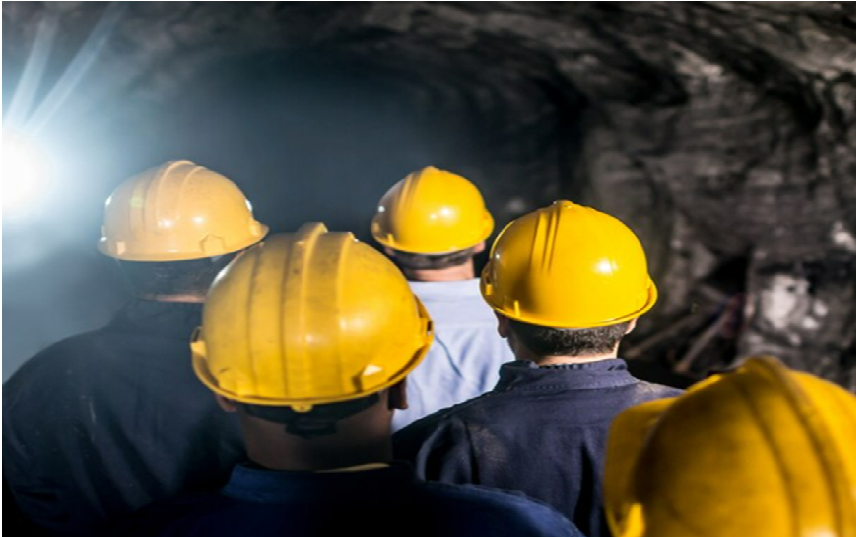Mining does not have to be dangerous. Safety protocols and legislation have led to a decrease in the industry’s death rate over time. Mining companies are still striving for zero harm, even though it has not been achieved yet. According to a mining medicine researcher, understanding your work environment and being aware of it are the first steps in preventing illness or injury.
Coal Dust
Dust inhalation is the greatest concern for miners. Inhaling coal dust continuously can cause a condition called “miner’s lungs” or “black lung”. Miner’s lung is caused by pneumoconiosis. Even though it is a serious condition, symptoms like shortness of breath or scarring in the lung tissue can lead to respiratory problems. Despite the fact that black lung has been prevented by law for many years, coal miners still suffer from it.
Mining companies need to develop a strategy for dust control. Supervisors need to ensure dust control systems are working properly during each shift. Mine workers should be educated about the dangers associated with coal mine dust.
Respiratory protection is required when dust control protection is installed, repaired, or maintained. Regular medical screening is essential.
Noise
The constant drilling and heavy machinery can make mines very noisy. Hearing damage can result. Even though it is easy to mentally adapt to loud noises, this does not mean that there will be no damage. The majority of hearing damage does not become apparent until many years after exposure to loud noises.
Experts say that noise pollution can cause ringing in your ears, sleep disturbances, and concentration issues. Tinnitus can also cause permanent hearing loss.
To protect workers from noise, mining companies need to evaluate their working conditions and the noise exposure they face. You can reduce noise exposure by applying engineering controls at the source of the noise or in its path. You can use vibration dampeners or absorptive paneling.
To reduce noise, it is important to regularly maintain machines. Employers should ensure that noise-exposed employees wear hearing protection and must provide training and maintain health records.
Whole Body Vibration
WBV, a physical hazard that develops slowly, is a common occurrence for miners and workers with heavy equipment. In the mining environment, WBV can be caused either by standing or sitting on a jumbo machine.
Vibrations can be dangerous if they are caused by uneven surfaces, vehicle activities, or even pushing or ripping material with a bulldozer.
Symptoms of WBV include visual impairment, musculoskeletal issues, reproductive problems in women, digestion problems, and cardiovascular problems. Reducing exposure can reduce health risks. The first thing mining companies should do is to reduce exposure. It could be as simple as filling in potholes on unmade roads or minimizing transportation.
To reduce the risk, supervisors should limit how long employees are allowed to use the machine each day. Employees should be properly instructed and trained. Employers should closely monitor employees for any signs or symptoms of back pain.
This post was written by Justin Tidd, Director at Becker/SMC. For nearly a half a century, Becker Mining has been at the forefront of safety, producing the best Electrical Supply House in the industry. Becker/SMC is the industry’s leader in increasingly more sophisticated electrical control systems. Most of the major innovations, design features and specialized electrical components have been developed by Becker/SMC.




